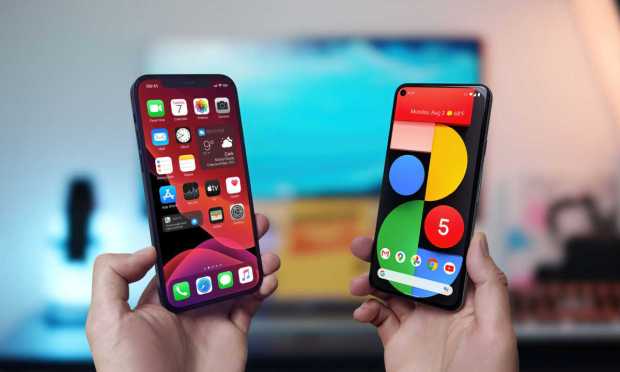US iPhone Users Top Android for First Time Ever

For the first time since Apple launched the iPhone 2G in 2007, more smartphone users in the U.S. are now carrying iOS devices instead of Android.
Based on the number of phones in use — also known as the active installed base — Apple broke the 50% milestone for the third quarter ending in June, the Financial Times reported on Friday (Sept. 2), citing data from Counterpoint Research and Apple’s third-quarter results. Samsung and Lenovo led Android smartphone use.
The active installed base is “the engine for our business” Apple CFO Luca Maestri said in a July earnings call, FT reported.
See also: Apple Services Revenues Gain 12% as Paid Subscriptions Top 860M
In addition to new iPhones purchased, the active installed base considers the used phone market and older iPhones still in use.
Trade-in programs are widely available around the world and “the residual value of our products is a huge differentiator for our users,” Maestri said, according to a PYMNTS report.
“Operating systems are like religions — never significant changes. But for the past four years, the flow has been consistently Android to iOS,” Jeff Fieldhack, Counterpoint’s research director, told FT.
Smartphones with Android OS hit the market in 2008, a year after the iPhone launched, and caught up by 2010, FT reported citing NPD Group. Even when Apple debuted, it never reached a 50% usage mark. Sales were dominated by Nokia, Motorola, Windows and BlackBerry.
“It’s not like we’re seeing a big year where Apple increases its market share by 10 or 15 percent, but there’s a slow fire where they’re quietly gaining more market share every year,” Ben Wood, an analyst at CCS Insight, told FT.
Read more: Apple to Unveil iPhone 14 on Sept. 7
While Apple is heavily moving into the services space and balancing its revenue equation to be less dependent on devices, Apple CEO Tim Cook is expected to unveil the iPhone 14 on Wednesday (Sept. 7), PYMNTS reported last month.
For all PYMNTS retail coverage, subscribe to the daily Retail Newsletter.
